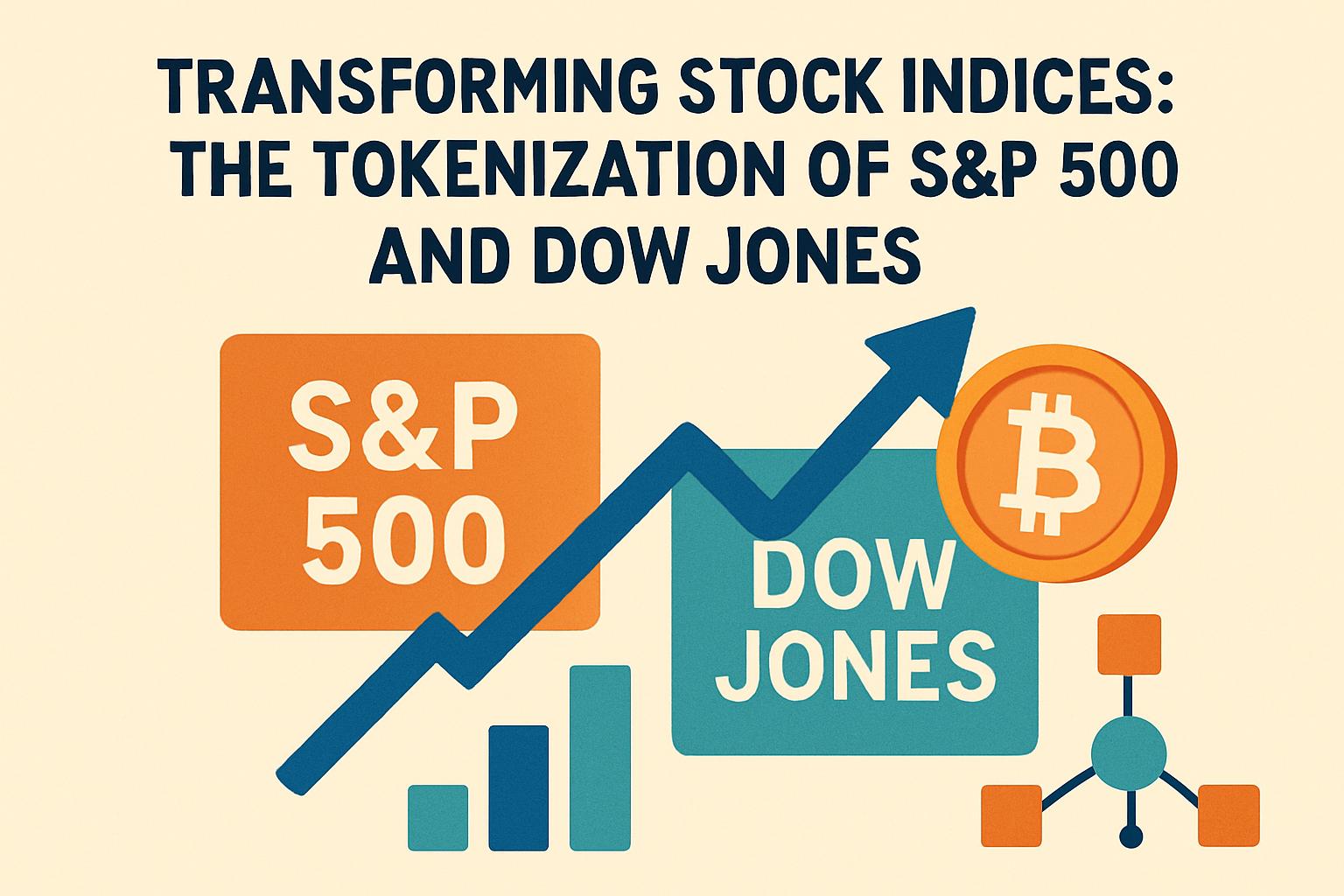In an era where digitization reshapes traditional finance, the S&P Dow Jones Indices (S&P DJI) is making waves by venturing into the tokenization of major stock indices. This move signifies a pivotal transformation aiming to harmonize the landscapes of traditional finance (TradFi) and decentralized finance (DeFi).
S&P DJI’s Foray into Blockchain
S&P DJI’s bold step into blockchain is not solitary. Under the stewardship of Stephanie Rowton, the Director of US Equities at S&P DJI, partnerships with leading exchanges, custodians, and DeFi protocols are being forged. These alliances are crucial for launching tokenized versions of their celebrated indices like the S&P 500 and potentially the Dow Jones Industrial Average (DJIA). Rowton emphasizes that strategic rollout will occur on platforms known for transparency, security, and compliance.
These collaborations aim to create robust infrastructures that enhance the trading and circulation of tokenized indices, making them more accessible and user-friendly for investors globally.
Pilot Initiative: S&P 500 Tokenization
The journey began in July when S&P DJI, in a landmark announcement during the RWA Conference in Cannes, revealed a joint initiative with companies like Centrifuge and Janus Henderson. This partnership aims to offer the first tokenized S&P 500 Index Fund, pending regulatory approval. The fund embodies critical features that ensure authenticity and compliance, such as:
- Proof-of-Index Validation: Guarantees alignment between blockchain data and official S&P figures, preventing unauthorized information.
- Underlying Blockchain: Utilizes Centrifuge’s blockchain platform, tailored for asset tokenization and DeFi applications.
- Authorized Data Sources: Deploys official daily data from S&P.
- Smart Contract Monitoring: Employs automated smart contracts to track S&P 500’s performance, ensuring regulatory adherence.
- TradFi and DeFi Integration: Seamlessly connects traditional financial markets with blockchain infrastructure.
The Tokenization Revolution
Rowton perceives blockchain as a transformative force within the financial market, poised to bridge the gap between traditional and decentralized finance. With burgeoning demand for digital assets, tokenization looks set to redefine how investors interact with core financial indices, particularly appealing to a new generation of investors seeking innovative engagement methods.
A testament to this trend, markets in Europe, Asia, and Latin America are seeing the highest demand currently, with potential plans to tokenize additional indices including the DJIA and thematic indices based on market appetite.
A Vision for 2030: Tokenized Indices as Market Pillars
Looking towards 2030, Rowton predicts tokenized indices will become central to global markets, enhancing cross-border accessibility and liquidity while lowering traditional investment barriers. This shift will introduce exciting features like fractional investing and automated trading through smart contracts.
However, Rowton underscores that tokenization complements S&P’s existing business rather than replaces it, promising expansive commercial opportunities and attracting a broader investor base without compromising the integrity of traditional indices.
As of August 2025, the global market for Real-World Assets (RWA) tokenization has soared past $26 billion, underscoring an accelerating digital transformation in the financial sector.

![[News] Bitcoin at a Turning Point? 10x Research Signals a Bullish Macro Shift Ahead](https://cryptoexplores.com/wp-content/uploads/2025/06/new20250616.jpg)
![[News] Binance Lists $HOME, the Gas-Free, Bridge-Free All-in-One DeFi App](https://cryptoexplores.com/wp-content/uploads/2025/06/news20250617.jpg)